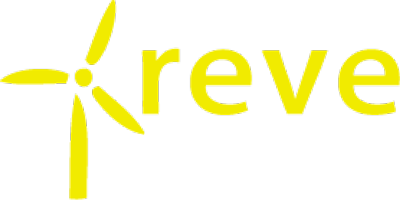
Definitions and Scope
The term ‘wind turbine generator’ (WTG) commonly denotes an electromechanical device that converts kinetic energy of the wind into electrical energy. The WTG systems typically comprise components such as rotor blades, drive trains (generator with or without gearbox), towers, and other accessories that may include electrical systems such as transformers and power electronic equipment such as converters.
Segmentation based on Installation Location
– On Shore: Land-based systems that are either off-grid or grid connected and vary from 400 W to over 5 MW in system output capacity
– Off Shore: Systems deployed over bodies of water with output capacity over 1 MW. However hybrid wind energy systems, installed on oil platforms for back-up power have been categorized under onshore systems.
Segmentation based on Geographic Regions
Geographic Region Definitions
– North America: Canada and United States
– Europe: Western, Central and Eastern Europe
– Asia Pacific (APAC): Countries that are on the western border/rim of the Pacific Ocean, including those on the Indo-Chinese peninsula
– Rest-of-World (ROW): Regions not covered above, including Central and South America, the Caribbean Islands, Middle East, Central Asia and Africa
Segmentation Based on System Capacity
– Large Systems: Wind energy systems with an output capacity rating in the range of above 1000 kW are classified as large systems
– Medium Systems: Wind energy systems with an output capacity rating of above 500 kW to 1000 kW are classified as medium systems
– Small Systems: Wind energy systems with an output capacity rating of above 100 kW to 500 kW are classified as small systems
– Very Small Wind Energy Systems: Systems with an output capacity rating 100 kW or less used in both in off grid and grid based applications.
www.researchandmarkets.com/research/8b790d/global_wind_power
